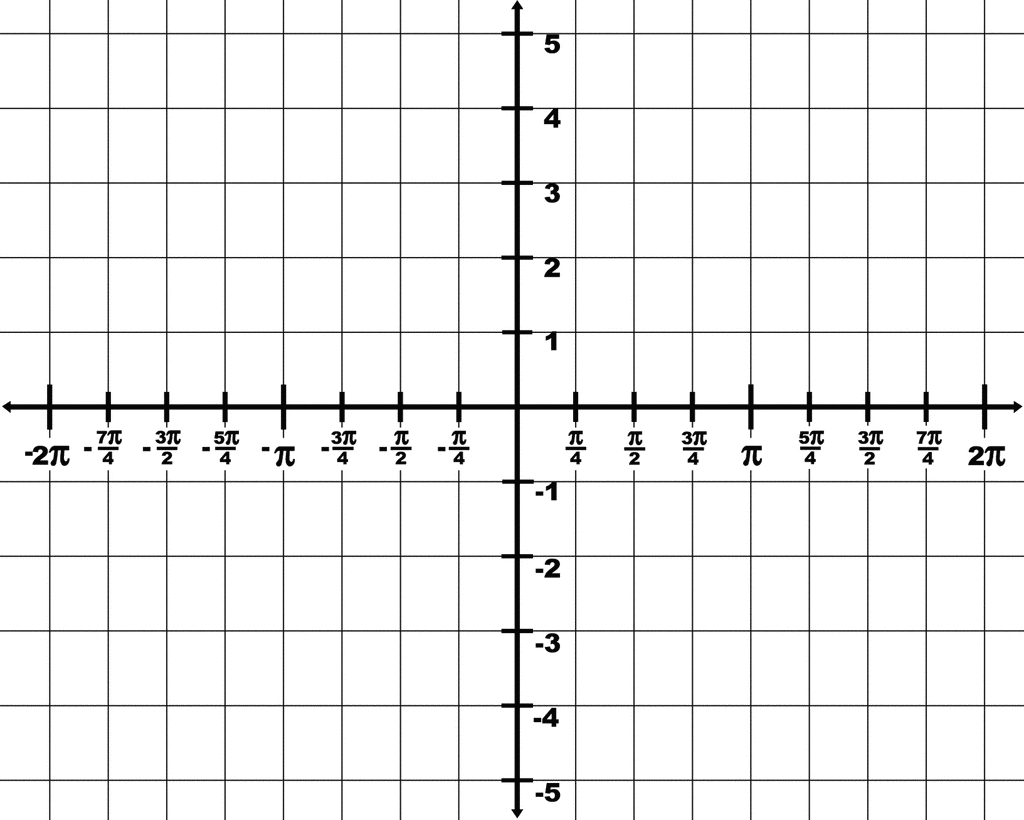How to make an equation using roots?
Steps from eHow:
http://www.ehow.com/how_5828179_equation-given-its-roots.html
Simplified Steps:
1. Change each root into a factor by changing its signs
Example: roots: 3, -4, -4 ---> changed into factors--->( x -
3=0), (x + 4=0), (x + 4=0)
2. Multiply
Example: (x - 3) (x + 4)= x2 +4x – 3x – 12
(x2 +4x – 3x – 12)(x + 4)= x3 + 4x2+
16x – 3x2 – 12x – 48
3. Simplify (combine like terms)
x3 + x2 +4x – 48
Video:
Class notes:
How to solve a system
of equations that consist of a quadratic and a linear
There are two methods: Graphically and Algebraically
To solve graphically:
1.
Graph each function on the same coordinate plane
2.
Identify the points where the two graphs
intersect.
3.
These points are the solution to the system of
equations
Example 1:
1.
Graph each
function on the same coordinate plane
2.
Identify
the points where the two graphs intersect.
( -1, 4) and (3, 8)
3.
These points are the solution to the
system of equations
To
solve algebraically:
1.
Set the functions equal to each other
2.
Solve for x
a.
Move everything to one side of the equation
b.
Factor
c.
Set each factor equal to 0
d.
Solve.
3.
The solution from step 2 is the x value of the
solution of the system.
4.
Plug the x into either function to find the y.
5.
Write the solution as an ordered pair.
Example
2:
1. Set
the functions equal to each other
|
|
2. Solve
for x
|
|
a.
Move everything to one side of the equation
|
|
b.
Factor
|
(x – 3)(x + 1) = 0
|
c.
Set each factor equal to 0
|
(x – 3) = 0 (x + 1) = 0
|
d.
Solve
|
x = 3 x = -1
|
4. Plug
the x into either function to find the y.
|
|
5. Write
the solution as an ordered pair.
|
(3, 8) and (-1, 4)
|
Video:
Review: See week 7, 8, & 9






